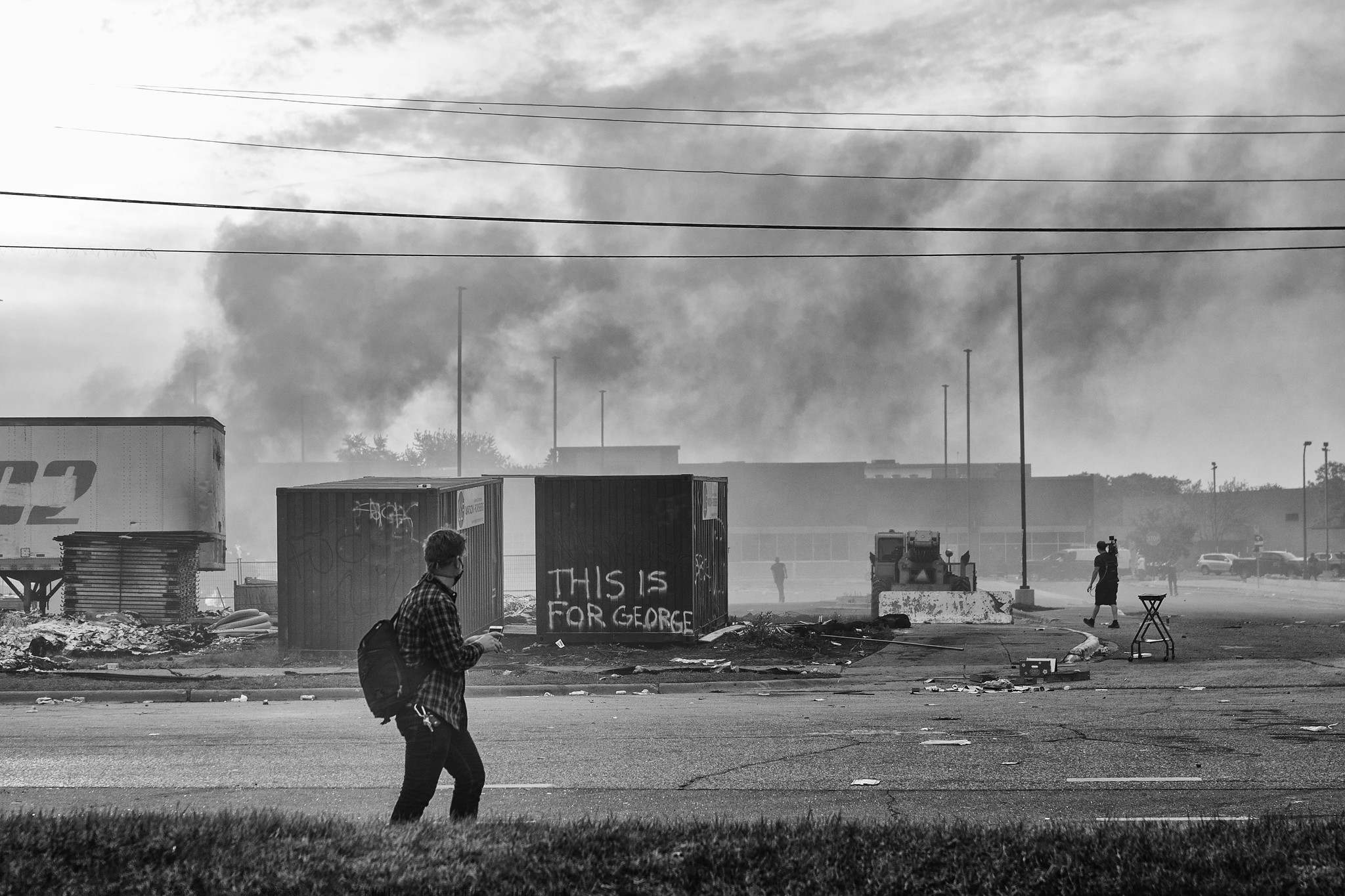from Its Going Down

A critical overview and analysis from Unity and Struggle on the George Floyd rebellion. Check out a booklet version here.
by: Ever, Lamont and Chino
photos: Lorie Shaull, Creative Commons
Introduction
The 2020 George Floyd uprising was a major event by whatever measure you use. It deepened the generational Black revolt that began with Black Lives Matter in 2014. It marked the most profound challenge to racial capitalist rule since the 2008 financial crisis. It saw the National Guard deployed to multiple U.S. cities for the first time since the 1960s, and by one estimate, it was the costliest wave of civil unrest in the postwar period.(1) The uprising was rich with lessons, and it will shape a generation of us who moved in the streets.
But rigorous analysis of the uprising remains limited. Many of us haven’t had time to reflect on it deeply: individuals and organizations have had to navigate state repression, sectarian infighting, interpersonal harm shaped by gender and race, and all kinds of tragedies stemming from the ongoing pandemic. More often, clusters of friends and comrades have drawn conclusions from local experience, and lefty commentators have produced think pieces that draw single themes out of the uprising, or spin it to fit their dogma.
Big Brick Energy takes a step beyond anecdotes and hot takes. For a year, members of Unity and Struggle studied the uprising by interviewing fifteen comrades in five cities, compiling news coverage from the same cities, and surveying official reports from local governments and police departments in seventeen cities nationwide. (For more on our methods, see Appendix A.) We drew out common dynamics across locations, identified tactics and strategies that the movement and the ruling class used, explored what worked or didn’t, and highlighted important challenges and questions that a future uprising will likely encounter.
Generally, the uprising involved a common sequence of moments unfolding at different speeds and intensities, based on national trends and local turning points. When the rebellion erupted, it decisively defeated the police and paralyzed the local ruling class, usually for several days. People launched waves of protests and looting, and improvised tactics from community self-defense groups to small autonomous zones. Different factions of the state (and white mobs or fascists) reacted in conflicting ways, but eventually settled on a mix of repression and cooptation that was able to contain the unrest. The movement was channeled into nonviolent protest and legislative reforms, which yielded much shallower gains than most of us hoped for.
Within this story there are many variations and nuances, and lessons to be learned. Below we draw out aspects of the uprising that carry implications for our tactics, strategy, and race politics.
